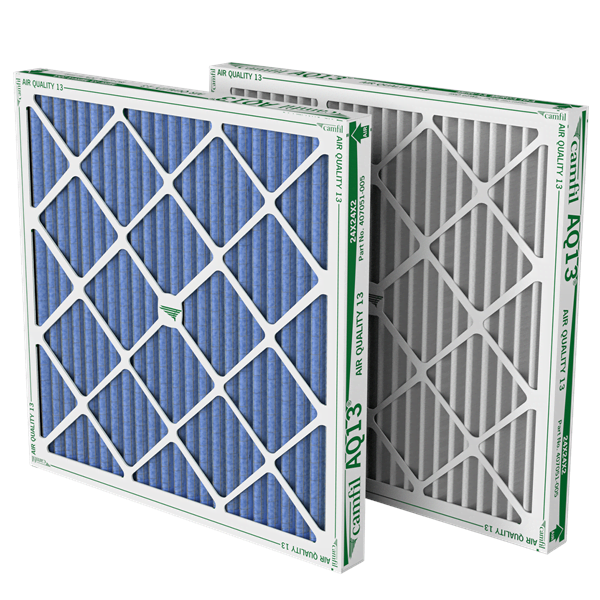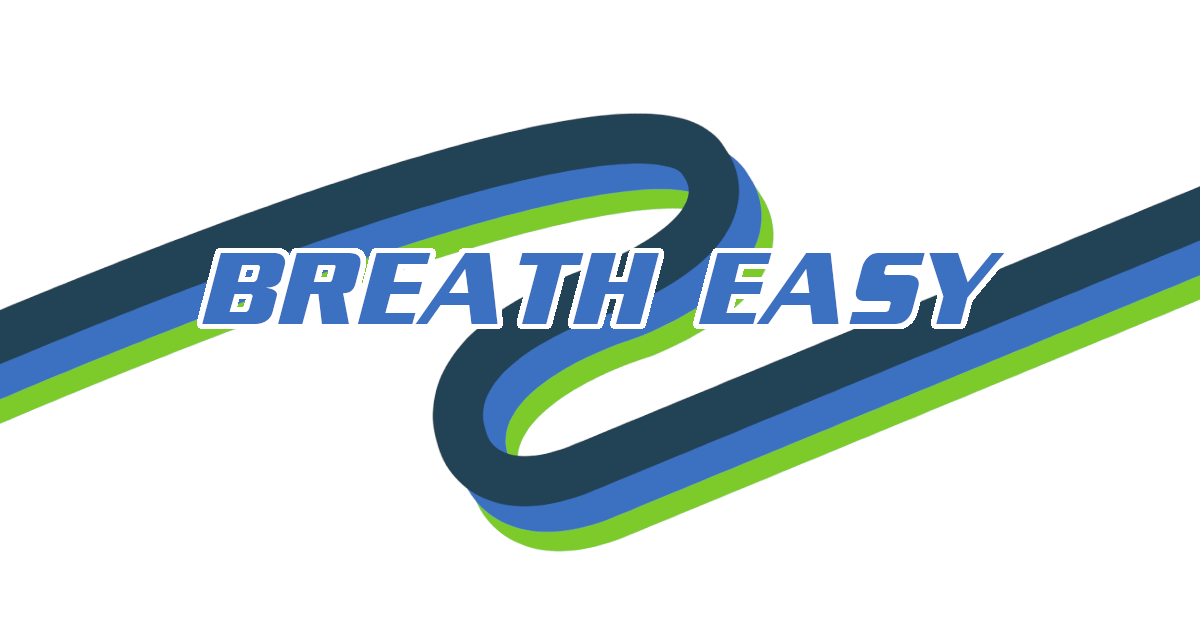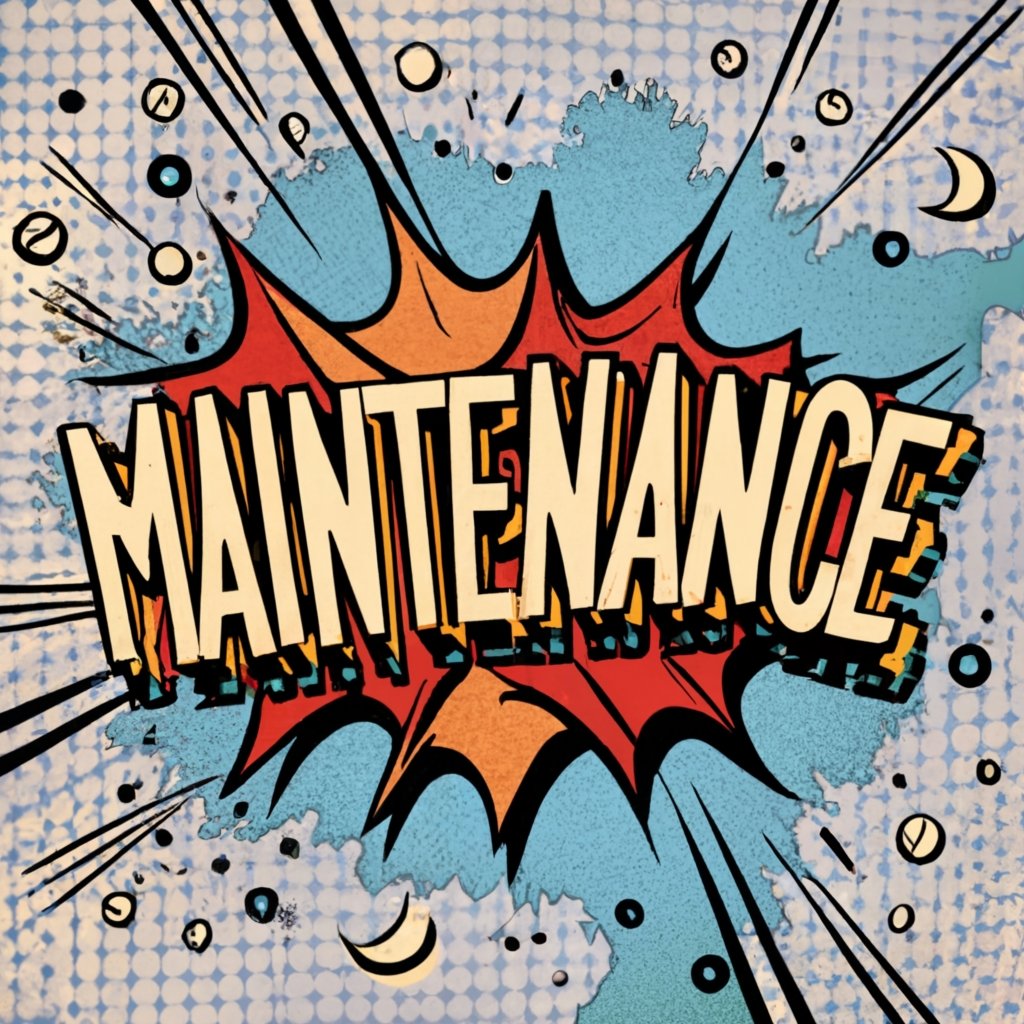When it comes to maintaining the efficient operation of HVAC (Heating, Ventilation, and Air Conditioning) systems, air filters play a crucial role. These filters are designed to keep your system functioning properly. A dirty system can have a negative impact on your system and even lead to mechanical failure. However, one often overlooked factor in the performance of air filters is static pressure. In this article, we will explore the concept of static pressure and its significance in the context of air filters.
Understanding Static Pressure
Static pressure, in the context of HVAC systems, refers to the resistance the air encounters as it passes through the various components of the system, including air filters. This resistance is measured in inches of water column (in. w.c.) or pascals (Pa). The higher the static pressure, the harder the HVAC system has to work to push air through its components, ultimately affecting its efficiency.
Equipment such as furnaces and air handlers have a maximum external static pressure rating. Furnaces are often rated to have a maximum external static pressure of 0.5″ w.c. [124 Pa], but can be rated higher. An improperly sized filter can use all of the static pressure allotted by your equipment.
Ex: A Rheem R98MV Endeaver Line Prestige Series Gas Furnace has a maximum external static pressure rating of 1.0″ w.c.
Static pressure is composed of two main components:
- External Static Pressure (ESP): This is the resistance encountered as air passes through the ductwork, filters, grilles, and other components outside of the HVAC unit. High ESP indicates that there are obstacles or restrictions in the airflow path. Exceeding your equipment’s max ESP can shorten the lifespan of your equipment.
- Internal Static Pressure (ISP): This refers to the resistance within the HVAC equipment itself, such as the blower, coils, and heat exchangers. High ISP indicates that the equipment may be dirty, clogged, or in need of maintenance.
The Role of Air Filters
Air filters are essential components of HVAC systems, responsible for removing dust and other particulates from the air. However, as air passes through the filter, it encounters resistance, resulting in an increase in static pressure. To maintain optimal HVAC system performance, it is crucial to strike a balance between filtration efficiency and static pressure.
Choosing the Right Air Filters
Selecting the appropriate air filter for your HVAC system is crucial. Different types of air filters have varying levels of efficiency and static pressure. Here are a few common types of air filters:
- Fiberglass Filters: These filters are the most basic and offer minimal filtration efficiency. They have a low initial static pressure but need to be replaced frequently.
- Pleated Filters: Pleated filters provide better filtration efficiency than fiberglass filters, but they can increase static pressure as they capture more particles.
- High-Efficiency Particulate Air (HEPA) Filters: HEPA filters offer the highest level of filtration efficiency and can effectively remove even the tiniest particles from the air. However, they have a higher initial static pressure, so it’s essential to ensure that your HVAC system is compatible with them.
Maintaining Air Filter Performance
Regular maintenance of air filters is essential to strike the right balance between filtration efficiency and static pressure. Here are some tips for maintaining your air filters and preserving your HVAC system’s efficiency:
- Replace filters regularly: Follow manufacturer recommendations for filter replacement, typically every 1-3 months. However, a Camfil Farr 30/30 filter can last up to 6 months, and is often the preferred choice of many engineers.
- Use the right filter: Choose an air filter with the appropriate MERV (Minimum Efficiency Reporting Value) rating for your specific needs and system capacity.
- Inspect and clean ductwork: Ensure that there are no obstructions or damage in your ductwork that may contribute to high external static pressure.
- Schedule HVAC maintenance: Regular maintenance of your HVAC system will help reduce internal static pressure and ensure that all components are functioning optimally.
Conclusion
Static pressure is a critical factor in the performance and efficiency of air filters within HVAC systems. Choosing the right filter, maintaining it regularly, and addressing issues with ductwork and equipment can help strike the perfect balance between filtration efficiency and static pressure. By understanding and managing static pressure effectively, you can ensure that your HVAC system is operating at its best.



